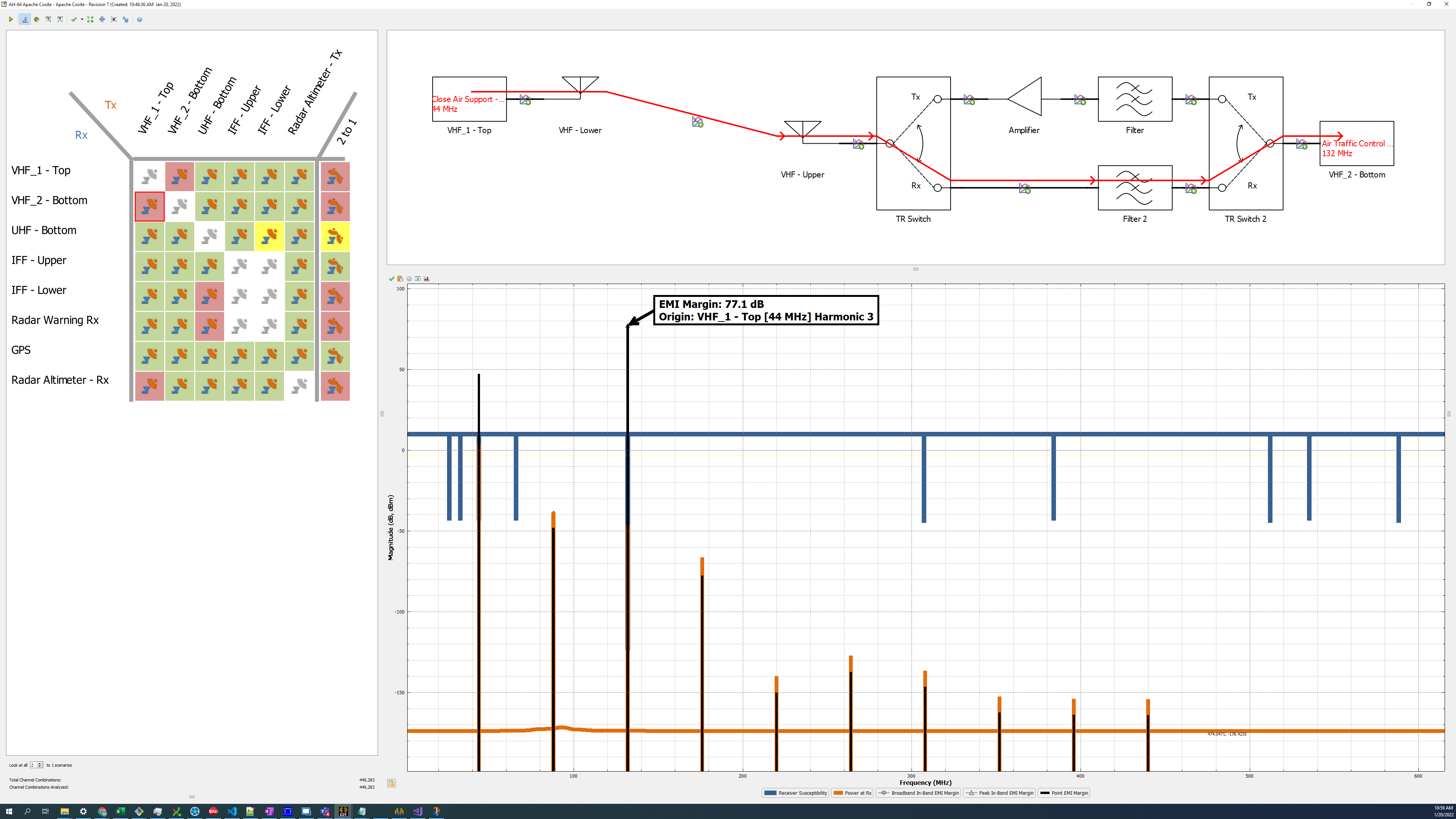
There has been a lot of attention in the news recently about AT&T and Verizon rolling out their first implementations of sub-6GHz 5G radio access networks (RAN). Notably, the FAA and airline industries have voiced serious concerns about potential safety issues for aircraft autopilot and landing systems. As a result of these concerns, some international and domestic flights were canceled, and the Customer Services Providers (CSP) did not turn on these new 5G systems near select airports around the U.S.
Here are the details: The wireless spectrum auctioned off by the FCC back in Dec. 2020 in the 3700-3980 MHz C-band frequencies is deemed to be too close to the 4000-4400 MHz bands reserved for aircraft radar altimeter systems. These critical, sensitive radio frequency (RF) systems bounce RF signals off the ground to determine the plane’s relative altitude for use by the aircraft’s autopilot and automated landing systems. Obviously, erroneous altitude information coming from this system could cause significant problems, especially during takeoffs and landings.
On the surface, the problem seems innocuous because the two systems are not operating in the same frequency bands. But, when discussing RF systems composed of active components, this is not so clear-cut. Active devices inside RF systems can generate spurious out-of-band signals. Although these signals may be of a much lower amplitude than the primary, intended, frequency, they can still be large enough to interfere with nearby systems operating in other bands. In addition, the radar altimeter systems are very sensitive by design, since the reflected signal from the terrain can vary considerably in amplitude depending on the altitude as well as features and shapes of the terrain.
A somewhat surprising aspect of this controversy is that it was not anticipated and coincides with the rollout of the 5G networks. Given the significant amount of time between the auction of the frequency band in Dec. 2020 and the rollout in Jan. 2022, it would seem that these concerns could have been raised earlier to avoid flight cancellations and other problems. The crisis is especially surprising considering that there are simulation tools, such as Ansys EMIT, which can predict these interference effects and provide guidance for mitigation.
The image below shows an analysis of a typical RF system, with multiple antenna and radio devices analyzed in one system. The system can be the plane itself or, in this case, a combination of the plane and the terrestrial 5G system near the airport. EMIT uses models from a variety of sources. In this case, it can use rigorous field coupling models generated by field solvers such as Ansys HFSS and its related asymptotic electromagnetic solver, SBR+.

For difficult interference problems, the Ansys EMIT toolkit, an integral component of the Ansys Electronics Desktop and part of the Ansys HFSS portfolio, is designed to consider wideband transmitter emissions and assess their impact on wideband receiver characteristics. In addition, any issues found are visually identified by a trace-back method, allowing the designer to easily understand the source of the interference.
EMIT considers both in-channel and out-of-band effects. Beyond transmitters and receivers, antenna systems must also be taken into account. Ansys HFSS is the industry standard for modeling the physics of antenna systems, their installation effects, and their couplings, even over long distances with ground and terrain reflections.
For more information about predicting radio frequency interference with Ansys EMIT, see this webinar on demnd. (https://www.ansys.com/resource-center/webinar/ansys-in-action-ansys-emit)
Stay tuned for a closer examination of this potential 5G conflict with the radar altimeters employed in aircraft safety systems!
Also Read
Can you Simulate me now? Ansys and Keysight Prototype in 5G
Is Ansys Reviving the Collaborative Business Model in EDA?
Share this post via:





Comments
3 Replies to “The 5G Rollout Safety Controversy”
You must register or log in to view/post comments.